Deck & Commander Strategies

The Scarab God
Build a zombie tribal board and drain opponents' life consistently, utilizing zombie tokens and card advantage from the Scarab God's abilities to outlast and overwhelm opponents.

Go-Shintai of Life's Origin
Develop a Shrine enchantment-based board using synergies triggered by the commander and support cards like Sanctum of All to tutor and generate numerous Shrine tokens, aiming to win through enchantment value rather than combat.

Yarok, the Desecrated
Exploit doubled ETB triggers with Panharmonicon to generate massive value and tokens, ramping quickly and overwhelming opponents with abundant plant tokens and other permanents.

Osgir, the Reconstructor
Recursively create copies of artifacts from the graveyard and aim to win by assembling ten or more artifacts to trigger Helkite Tyrant's alternate win condition, while using Mind Slaver locks to control opponents’ turns.
Gameplay Insights
- 1
The Scarab God player used early ramp and card draw to deploy their commander quickly and start draining opponents, applying steady pressure.
- 2
Sanctum of All was crucial for the Shrine deck to tutor and trigger Shrine abilities, compensating for the lack of combat steps with enchantment synergies.
- 3
Yarok’s doubling of ETB triggers with Panharmonicon allowed for explosive token generation, particularly with plants, ramping the board state rapidly.
- 4
Osgir’s plan to generate multiple Mind Slavers and lock opponents’ turns targeted the Scarab God player specifically, showcasing the power of turn control in disrupting tribal strategies.
- 5
The interaction between various ramp spells, enchantment synergies, and token production created a dynamic and tension-filled board state with multiple potential win paths.
Notable Cards
-
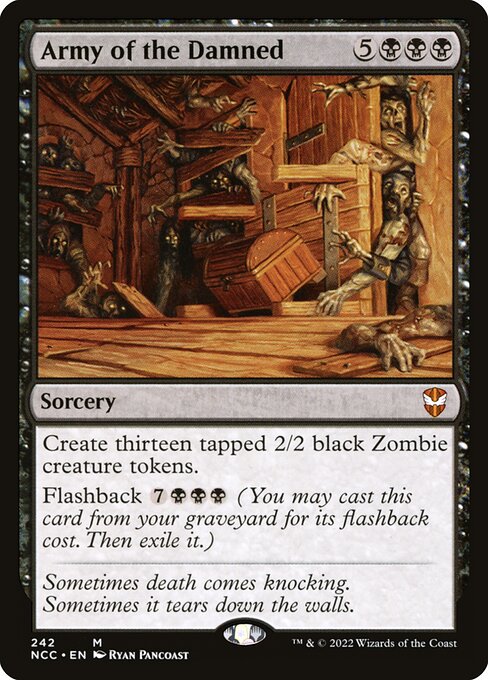
Army of the Damned
-
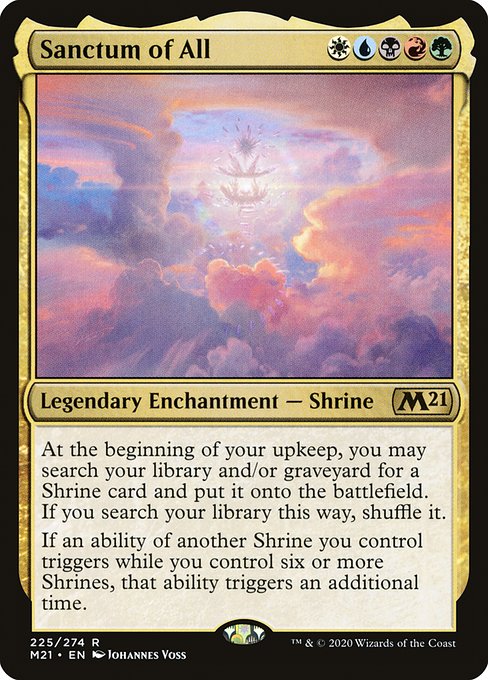
Sanctum of All
-
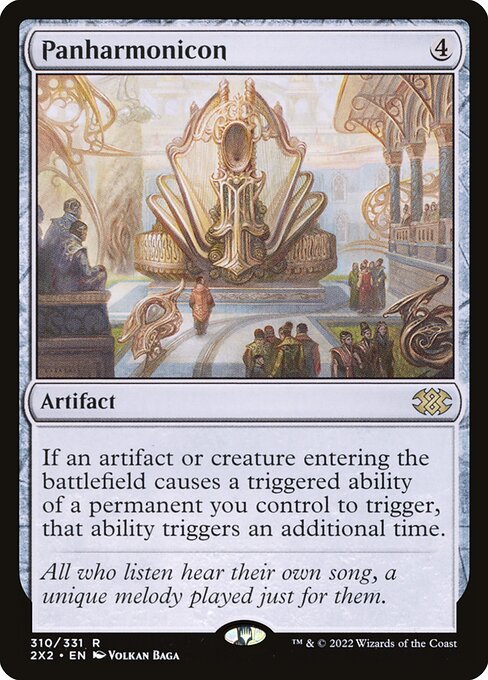
Panharmonicon
-
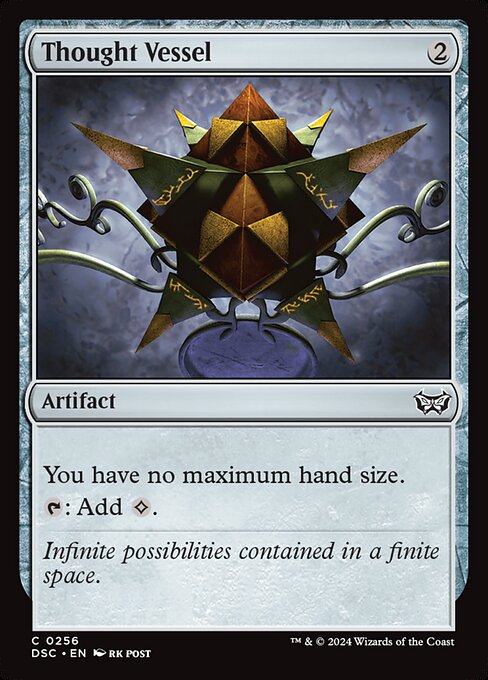
Thought Vessel
-

Dark Ritual
-
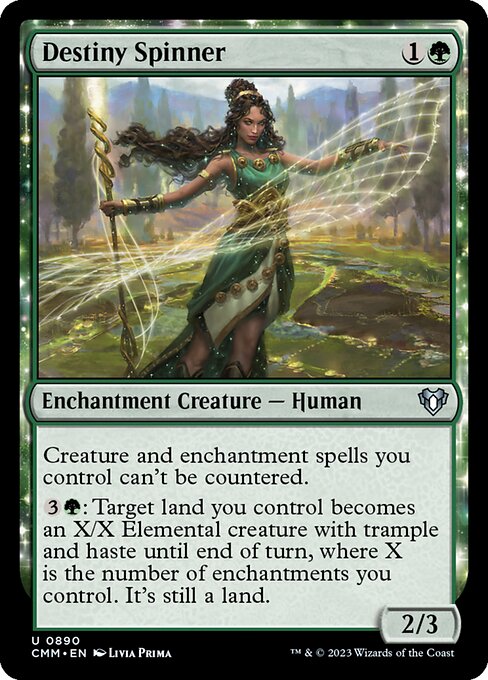
Destiny Spinner
-
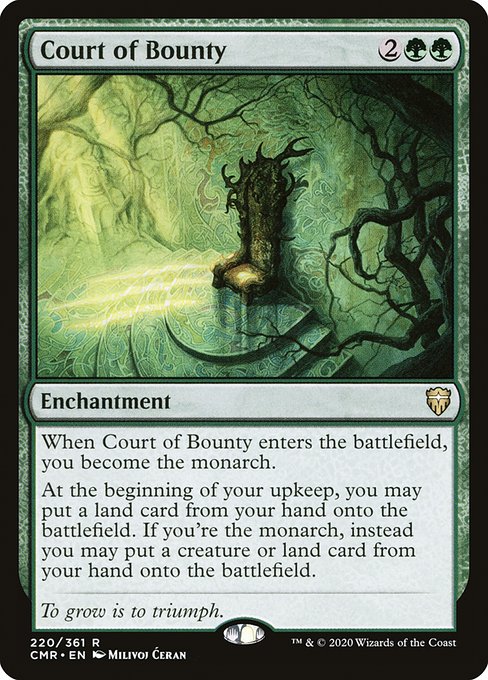
Court of Bounty
-
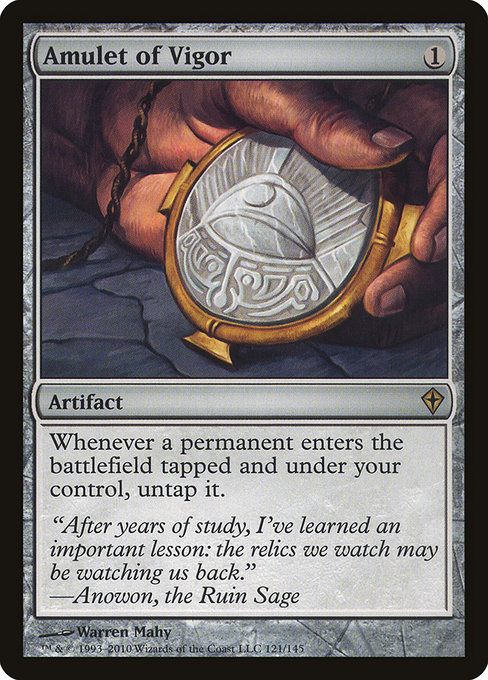
Amulet of Vigor
Gameplay Summary
The game started with all four players developing their mana bases and setting up their early strategies.
The Scarab God player focused on building a zombie tribal presence, quickly casting the Scarab God to begin generating zombies and draining opponents' life.
The Go-Shintai of Life's Origin deck aimed to flood the battlefield with Shrine enchantments, leveraging cards like Sanctum of All to tutor for and trigger Shrine synergies, although it lacked traditional combat steps and relied on enchantment triggers.
Yarok, the Desecrated's player pursued a potent doubling strategy for ETB triggers, enhanced with Panharmonicon, aiming to generate overwhelming value from creatures and artifacts entering the battlefield, particularly producing a massive number of plant tokens.
Osgir, the Reconstructor's deck sought to create artifact copies from the graveyard and leverage Helkite Tyrant for an alternate win condition by assembling ten or more artifacts for an automatic victory, while planning to seize control of opponents' turns using multiple Mind Slavers. Early turns saw strategic plays such as the Scarab God player using Thought Vessel and Dark Ritual to deploy their commander quickly, while the Shrine player advanced their enchantment-based board.
The Yarok player established a strong ramp and token generation engine, and the Osgir player prepared to execute their artifact recursion combo.
Key moments included the Scarab God's life drain ticking up with a growing zombie army, the Shrine deck setting up tutors for critical enchantments, Yarok doubling ETB triggers to flood the board with tokens, and the Osgir deck planning a Mind Slaver lock to control the Scarab God's turns.
The game featured a dynamic interplay of tribal synergies, token production, and combo potential, with each player leveraging their commanders' unique mechanics toward their win conditions.




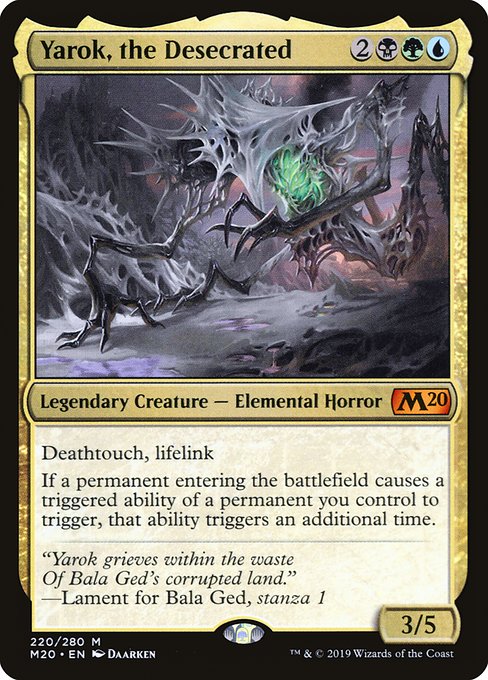
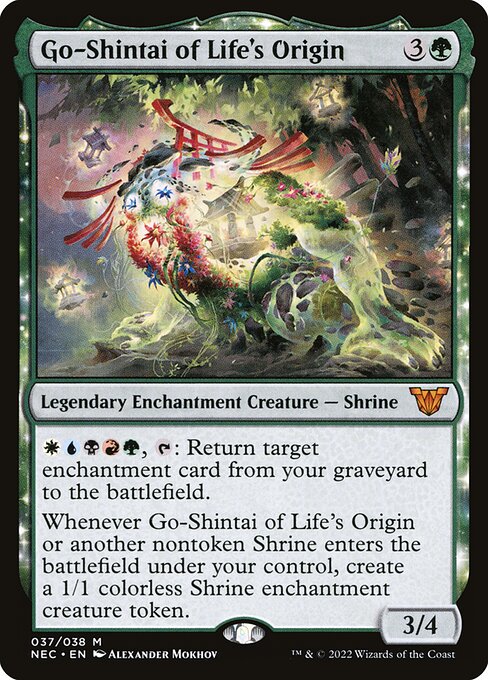























![Planechase Party [Commander VS 304] | Magic: the Gathering Commander Gameplay thumbnail](https://i.ytimg.com/vi/CkGLzCD115Q/sddefault.jpg)



![Commander VS S16E3: Kethis VS Atemsis VS Yarok VS Omnath [EDH] thumbnail](https://i.ytimg.com/vi/dJ1gCDF5tlI/sddefault.jpg)

















